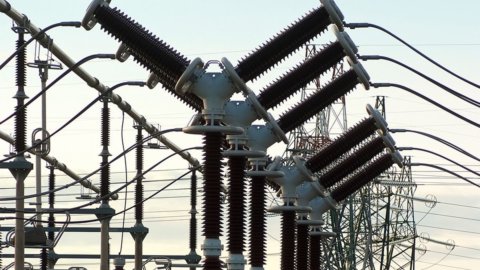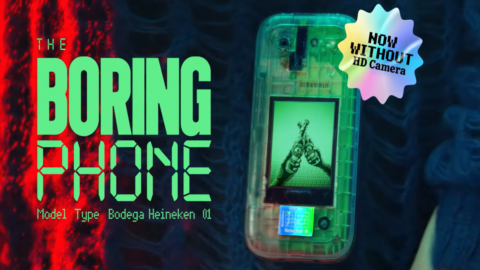Reducing pollutants through the use of titanium dioxide and increasing resilience through an innovative coating with nanoparticles aimed primarily at preventing the formation of ice ("sleeves") on electrical networks: these are the winning ideas of theHackathon'Sustainable Materials' presented by the DC/AC team with the aim of renewing the aerial infrastructure for the national transmission of electricity towards new sustainability standards.
With the participation of over 25 members, the contest for innovative ideas by Terna, the largest independent European electricity transmission operator, organized in collaboration with UniSMART - Fondazione Università degli Studi di Padova, which involved university students, concluded yesterday , researchers and PhD students of STEM degree programs (Science, Technology, Engineering and Mathematics) of the prestigious Veneto university.
The initiative falls within the scope of the activities of Open Innovation of Terna which contribute to the generation of ideas and the dissemination of the culture of innovation. Two essential elements to enable the energy transition for the benefit of the entire system which will assume an even more central role in Terna over the next 5 years. Of the total 8,9 billion euros of investments envisaged by the 2021-2025 Plan, 900 million will in fact be dedicated to innovation through the development of innovative and digital technological solutions that can make an important future contribution to the energy transition of which Terna he is director.
The challenge for the students of the University of Padua focused on the conception and development of innovative solutions and services in the field of Advanced Materials, materials with "superior" properties or performances following the principles of sustainability declined both from the from an industrial, economic and environmental point of view. High technological profile and relevance to the circular economy: these are the prerogatives required for all the ideas proposed, the use of which is in line with one or more SDGs (Sustainable Development Goals of the United Nations) which for Terna represent a value reference in the implementation of its activities, with the aim of promoting the development of balanced and sustainable infrastructure. Participants, in fact, put themselves to the test to identify approaches and applications for a progressive sustainable transformation of electricity infrastructures.
The winning team, selected by a jury of experts from Terna and the UniSMART Foundation, will receive a prize of 3.500 euros, with the possibility of activating a collaboration with Terna to develop the ideas proposed. Furthermore, today an online training day will be dedicated to all the teams during which Terna's Human Resources structure will provide the key elements to better manage a selection interview, involving the participants through practical exercises.




